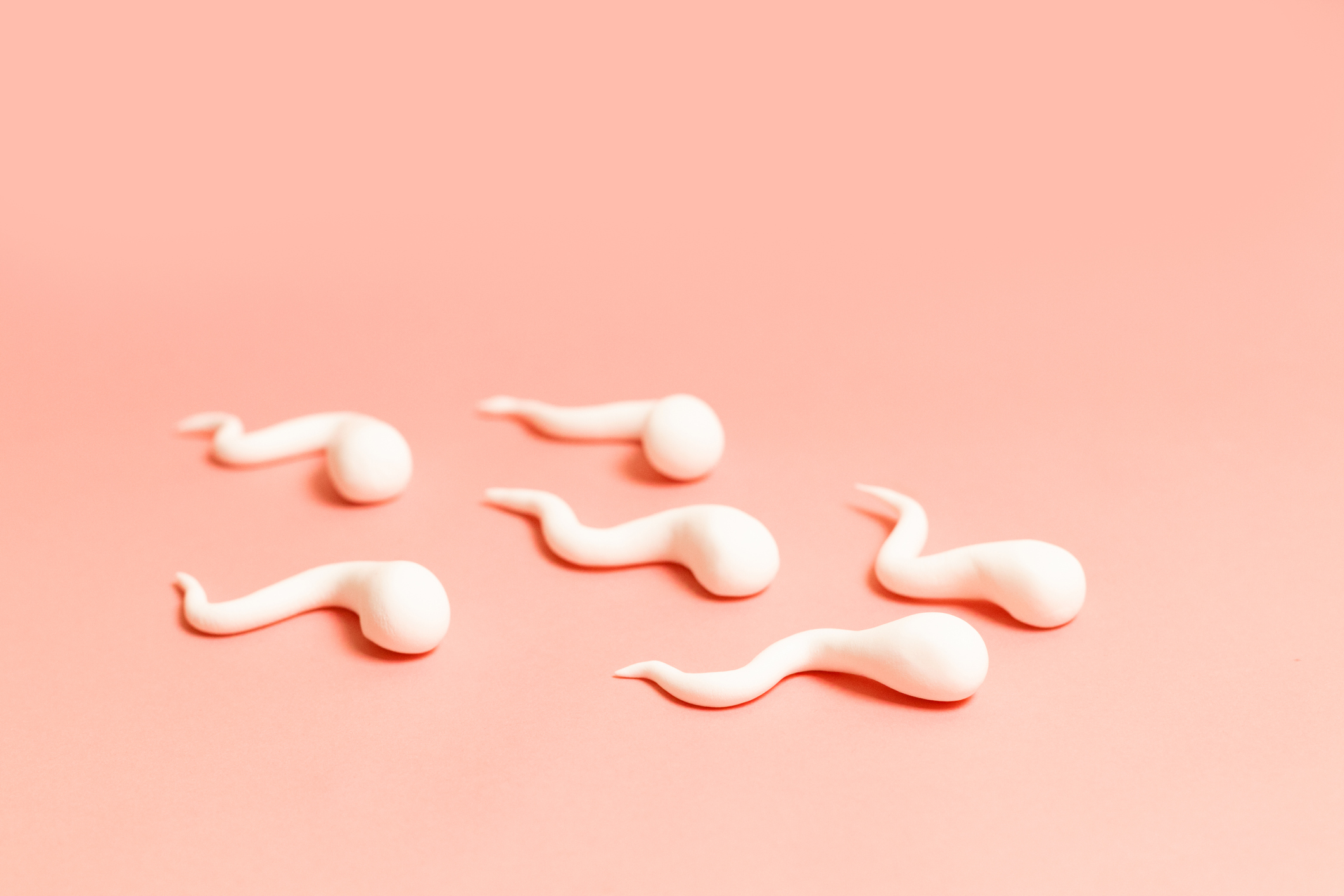Like many parents with a child born through anonymous sperm donation, Nancy Bowe joined the Donor Sibling Registry to get in touch with a few of her daughter’s half-siblings. That was about a decade ago. She knew there would be a lot of them—her Hamilton fertility clinic said their donor had been popular—but when she looked at the photos of the families listed there, she realized she knew one of them. Her ex-wife’s ex, it turns out, had chosen the same donor.
A neighbour five doors down had also considered the same man, Bowe learned one day while gardening in her front yard.
Her experience highlights the fact that there just isn’t a lot of choice for Canadians when it comes to sperm donation. “Donors are far too limited,” Bowe says. This is especially true if you’re looking for a particular ethnicity or health attribute—or even if you just want to use a Canadian donor. All told, there are only a few hundred donors available to Canadian buyers.
Almost all donor sperm used here is imported from the U.S. Sperm safety regulations in Canada, which were introduced in the 1990s, require that a donor be tested for infectious diseases prior to each donation, and, specifically, that he be tested using a Health Canada-approved kit. That, combined with the 2004 Assisted Human Reproduction Act—which made it illegal, among other things, to pay a man for his seed—has made sperm donation and sperm banking a little more onerous.
As a result, most Canadians using donor sperm get it from the U.S., where there is more choice. The country has a larger population, and can legally pay their donors openly. (Health Canada accepts paid-for sperm from the U.S., despite strictly forbidding payment here.) But since any sperm entering Canada still has to meet our idiosyncratic safety standards, some U.S. banks haven’t been doing business here. And even among those that are, most can only send a fraction of their samples, since few donors are tested in the way Health Canada requires.
But all that is about to change. As of Feb 4, 2020, the safety requirements for sperm donation in Canada will be updated. Sperm banks exporting to the country will no longer have to use test kits approved by Health Canada when testing for things like infectious diseases—under the new rules, kits cleared by the U.S. Food and Drug Administration (FDA) will be accepted. More importantly, donors won’t have to be tested each time they donate, which is currently required in Canada. Instead, Canadian testing regulations will become largely the same as those in the U.S., meaning that almost all American sperm samples—and possibly much of the world’s banked sperm—will soon be compliant with Canadian standards.
“The numbers could go up dramatically,” says Haimant Bissessar, owner of Hamilton-based Can-Am Cryoservices, which distributes sperm from the U.S. banks Fairfax Cryobank, the Seattle Sperm Bank and Northwest Cryobank. He estimates that there are 450 individual sperm donors available to Canadians—a number that includes both Canadian sperm and American imports. Bissessar thinks that next year, that number could increase to 1,600 donors or more.
He says that’s partly because all of the banks currently exporting here will be able to export even more because practically all of their samples will have the Canadian stamp of approval. And, as a result of the new safety regulations, additional banks are already considering entering the Canadian market, including two of the world’s largest: California Cryobank and Cryos International Sperm & Egg Bank, based in Denmark. Cryos has made arrangements via Can-Am to ship samples from the U.S. branch of its operations, which are based in Orlando, Florida, but is also hoping to sell their European samples here, too.
And it’s not just the giants who are reconsidering Canada. Smaller, niche banks, such as The Sperm Bank of California (TSBC), are also mulling moving into the Canadian market. “With new regulations, we would be happy to re-evaluate shipping to Canada,” says Alice Ruby, executive director of TSBC. According to its website, the bank, established in 1982 in Oakland, was the first in the U.S. to serve lesbian couples and single people, the first to give donor-conceived adults the opportunity to know their donor’s identity and the first to limit the number of families using any individual donor, to a maximum of 10. Two-thirds of all children created via TSBC donors are being raised by queer couples, and an increasing number of their recipients, recipient’s partners and storage clients are trans or genderqueer.
The bank has only shipped to Canada a handful of times over the past two decades, Ruby says. Those were cases where families wanted genetic siblings or where there were no Canadian donors available who shared an ethnic identity with an intended parent.
TSBC prides itself on its ethnically diverse catalogue of donors. More ethnic diversity would be great, says Nancy Bowe, who had to settle for an Italian donor in an attempt to match her appearance. (Her mom is white British and her dad is light-skinned Bahamian.) “There’s few to pick from when you’re looking for neutral brown,” she says.
Another interesting change to the Canadian regulations is that gay men, who are effectively excluded from donating sperm in Canada at present, will be able to donate if they abstain from sex with another man in the preceding three months. This now brings sperm donation rules into line with blood donation. Gay men wanting to donate to friends will also have an easier time thanks to a new, streamlined process called “directed donation.”
Bowe’s focus has now turned to what precautions her daughter will need to take as she gets older. With so few donors to choose from and no tracking of how many kids are born to each donor, she worries that her daughter could inadvertently date a half-sibling. Many donor sibling groups now number more than 50—some even exceed 100.
Bowe doesn’t know how many people are in her daughter’s sibling group, but she reckons there could be a lot who are all about her daughter’s age, with many living close by. “They’re out there. I know people in my own circle,” she says. “When does it become serious enough to do a DNA test?”
Legacy: October 4, 2019 10:30 amThis story has been amended to reflect TSBC’s limitations on the number of families who can use an individual donor.


 Why you can trust Xtra
Why you can trust Xtra


